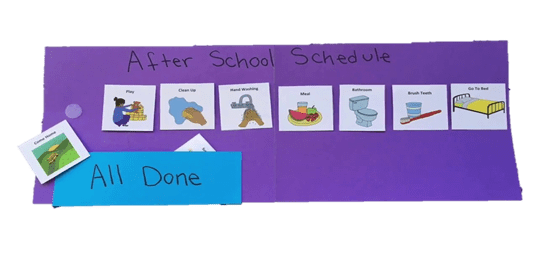 The faculty members in Applied Behavior Analysis(ABA) program value students’ opinions greatly. Let’s take a look at what it’s like to be an ABA graduate student of the on-campus cohort at Saint Cloud State University (SCSU) and what they think about the program after the two-semester worth of experience.
The faculty members in Applied Behavior Analysis(ABA) program value students’ opinions greatly. Let’s take a look at what it’s like to be an ABA graduate student of the on-campus cohort at Saint Cloud State University (SCSU) and what they think about the program after the two-semester worth of experience.
When asked to indicate one aspect of the program that they enjoyed, many students enjoyed the course work and different classes. For example, Behavioral Application, and Experimental Analysis of Behavior.
“I liked having Experimental Analysis of Behavior (EAB) the first semester to increase my understanding of the principles of behavior.”
“The course Behavioral Applications has been the most influential, helpful class to me personally with helpful articles and insightful case study presentations.”
What are students’ experiences with our faculty members? Here are some of the experiences from the students:
“I push myself harder when I’m held to a high standard by my professors. Throughout this program, I’ve really appreciated the high standards set by a couple of my professors in particular. It’s clear that the professors here care about students’ success and want to encourage students to always do better and think outside the box.”
“They have supported me by being available for questions and by encouraging me with my career goals. They also help me to grow in knowledge and application. I am not as scared to be wrong about something, because I know that I will learn from it and be better for it.”
What would the current student tell someone who is interested in applying for the ABA program at SCSU?
“It is a lot of hard work, but I think we will be better providers in the future because of it. If you want the easy way, this is not it, but if you want the RIGHT way, this is definitely it.”
“This ABA program is perfect for anyone that genuinely cares about increasing their skills as a practitioner. This is not an easy program, but it is beyond worth it.”
“This program will go above and beyond to ensure that you completely know the material on a greater level than regurgitation.”
An insight into the program will not be comprehensive without constructive criticism. Right? Do students have any suggestions or aspects of the program that they would like to change?
“One possible aspect of the program that I would change or improve on would be contact or relations with the online program. I think it would be beneficial to have an online chat or possibly Zoom to meet others from both programs to discuss our similar journeys.”
“I would also like to learn more about how to solve complex problems in the clinic and in other settings. I think most of us have experience in a clinic or home, but I would like to learn about how a BCBA implements interventions in a school setting or in a group home.”
Here you have it. Hopefully, by reading students’ experiences, now you have a better insight into what the ABA program at SCSU has to offer. Feel free to visit the program page and contact the faculty members if you have any questions regarding the program.










